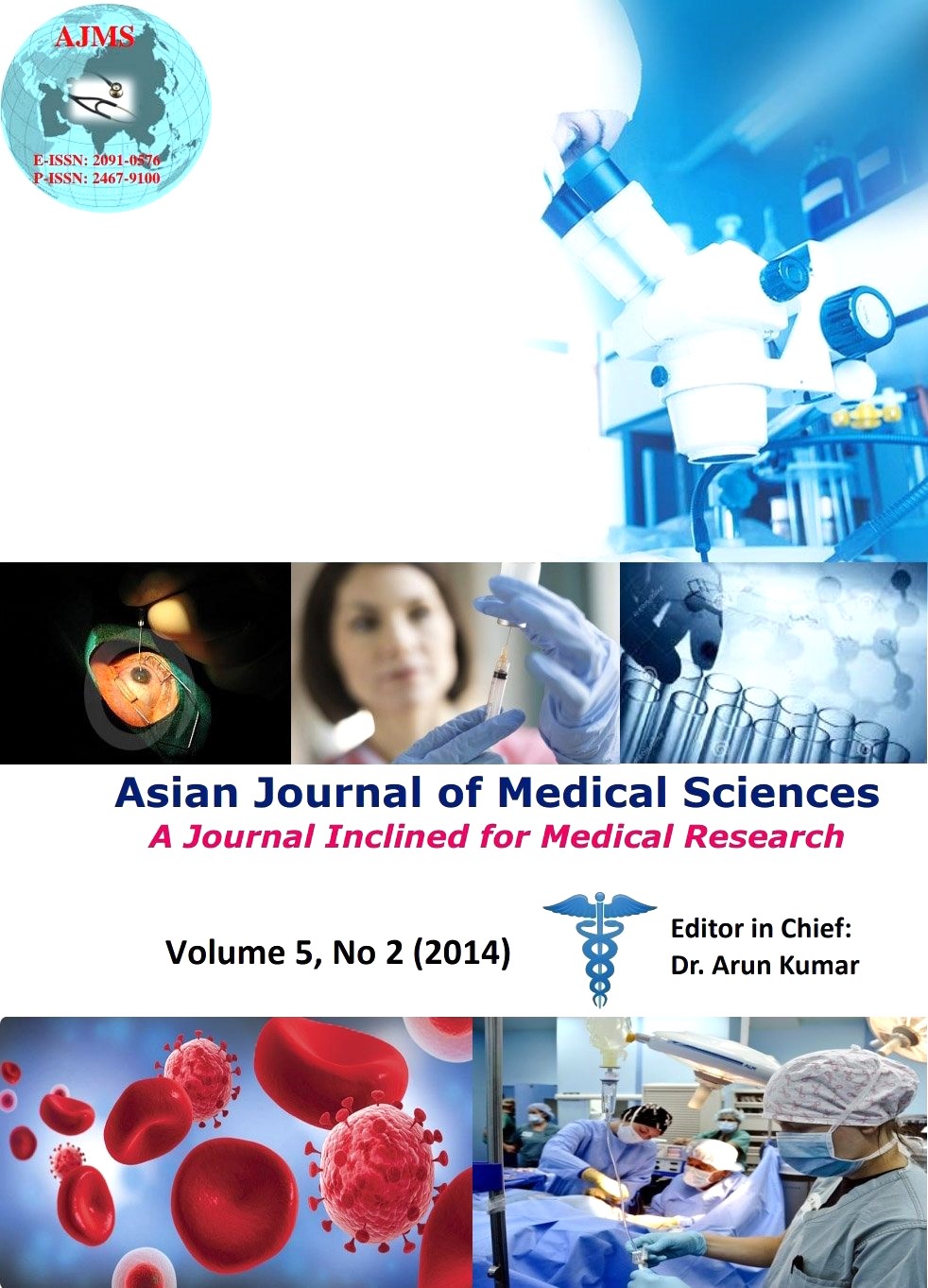A Study of Some Predictors of Anaemia in Children of Under-Five Years in India
Keywords:
Anaemia, NFHS, O.R (Odds Ratio), CI (Confidence Interval), Binary LogisticAbstract
Background: The major nutritional problem among young children in India is anaemia that affects the ability to study and work and is significantly associated with increased morbidity and mortality.
Objectives: To analyze the prevalence of anaemia among Indian children of underfive years and to identify the significant risk factors associated with it.
Methods: Data of 35851 children from NFHS-III, India were analyzed and binary logistic regression model was fitted by using SPSS 15.0 software. Anaemia was defined as haemoglobin concentration level below 11 g/dl. HemoCue Hb 201+ analyzer was used to measure haemoglobin concentration.
Results: Overall, 69.5 percent were anaemic with the highest proportion in Bihar and the least in Goa. The age and birth order of child; religion, caste and wealth index of household; anaemia level, education, age at first birth, intake of iron supplements during pregnancy and vegetarian habit of mother showed significant influence on child anaemia.
Conclusion: Child anaemia prevails significantly in India and the findings suggest for urgent prevention and treatment measures giving importance to the different socioeconomic characteristics.
DOI: http://dx.doi.org/10.3126/ajms.v5i2.8508
Asian Journal of Medical Science, Volume-5(2) 2014: 26-32
Downloads
Downloads
Published
How to Cite
Issue
Section
License
Authors who publish with this journal agree to the following terms:
- The journal holds copyright and publishes the work under a Creative Commons CC-BY-NC license that permits use, distribution and reprduction in any medium, provided the original work is properly cited and is not used for commercial purposes. The journal should be recognised as the original publisher of this work.
- Authors are able to enter into separate, additional contractual arrangements for the non-exclusive distribution of the journal's published version of the work (e.g., post it to an institutional repository or publish it in a book), with an acknowledgement of its initial publication in this journal.
- Authors are permitted and encouraged to post their work online (e.g., in institutional repositories or on their website) prior to and during the submission process, as it can lead to productive exchanges, as well as earlier and greater citation of published work (See The Effect of Open Access).




